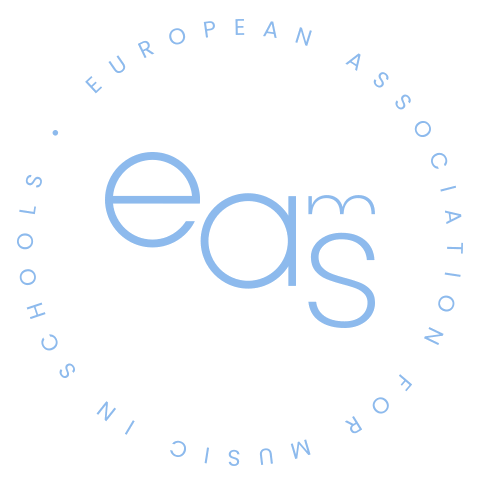Conference Agenda
Overview and details of the sessions of this conference. Please select a date or location to show only sessions at that day or location. Please select a single session for detailed view (with abstracts and downloads if available).
|
Session Overview |
| Session | ||
Papers - Inclusivity and Diversity
| ||
| Presentations | ||
When Educators Unite: The power of inclusion as our common "talisman". National and Kapodistrian University of Athens, Greece Inclusion and acceptance of diversity through the arts are central themes in the ongoing discussions within the educational community. Through a broad range of theories, educators can shape their own personal views and practices on these issues. But what happens when, in real working conditions, they are called upon to act inclusively? This paper voices the experiences of a team of educators—a music teacher, two special education teachers, and a psychologist—working at a Special Education Primary School who, responding to a call by the Greek National Opera, participated in a music-theater program. The program, titled “The talisman”, aimed at introducing students and educators of general primary schools to the world of musical theater and preparing them for a final performance at the end of the school year. Starting with the train-the-trainer method, educators were trained in innovative teaching methods and techniques (such as “From Ear to Body” by Dimitra Trypani) to deepen their understanding of the musical and theatrical requirements of the play, which they then applied as informal learning practices to their students. Aware that the program was designed for general education students, the educators of the special education school had to utilize every educational tool available to achieve the best possible preparation for their students. Using a holistic approach and personalized learning strategies tailored to their students' needs, the educators used a variety of resources including new and "open-source" technologies, sketch drawing, storytelling and more, to promote inclusion -not just in theory, but in practice. Through personal reflection, diary recordings, and informal discussions with the participating educators, students, and their parents, this case study highlights the preparation process for a group of children with multiple disabilities to participate equally in a music-theater performance, along with the challenges and ethical dilemmas that arose, as well as the outcomes achieved. Group Improvisation as an Embodied Creative Experience in Secondary Education 1Complutense University of Madrid, Spain; 2University of Teacher Education State of Vaud Lausanne Group improvisation might empower students to express their unique musical voices. Indeed, each student is invited to choose his own way to contribute to a shared music performance. This can be described as a creative experience following the framework proposed by Glaveanu and Beghetto (2021), as group improvisation is intrinsically linked to bodily moment-to-moment interaction and its result is an emerging musical quality. In this sense, the concept of embodiment has gained rising interest in music education research and creativity (Bremmer, 2015; Bremmer & Nijs, 2020, 2022; Schiavio & Nijs, 2022). According to the 4E approach to musical creativity (Van der Schyff et al.,2018), the place of the body can be considered as central for understanding musical interaction and learning. From this perspective, improvisation can be considered as a dynamic creative process where cognition is embodied (linked to bodily actions), embedded in a specific environment (situated), which can be extended by social interaction and artifacts, leading to an emergent quality of understanding, the enactive cognition (Hayes, 2019). The aim of this qualitative study is to (1) identify the determining aspects of the creative experience in group improvisation, and (2) to describe the role of the body. An arts integration project through group improvisation was developed over twelve lessons with students (13- to 14-year-olds) from a secondary school in Madrid Province (Spain). Participant and non-participant observation, and group interviews were implemented, transcribed, and coded thematically (Braun & Clarke, 2020). The results show group improvisation as a dialogical, and meaningful creative experience, in connecting students to each other. Their feelings and sensations are identified as significant elements to construct their creative actions. The body acted in different ways to bring forth musical ideas in an open-ended process where musical qualities emerge in real time experiences. | ||
